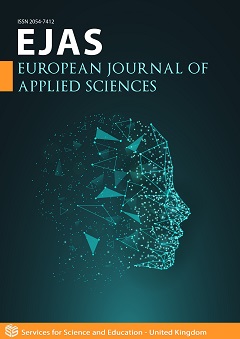Beauty of Plants and Flowers Obeys Fibonacci Sequences
DOI:
https://doi.org/10.14738/aivp.123.16986Keywords:
Beauty, Fibonacci Sequence, Flowers, Golden Ratio, Plants, Shapes, Colors, Symmetry, RosesAbstract
The aim of the study is to test the hypothesis that plants or flowers exhibiting Fibonacci sequences with larger numbers possess greater aesthetic beauty. As the number of Fibonacci sequences increases, the difference between Fn/Fn-1 and (1+√5)/2 decreases, tending towards zero. Consequently, a greater number of Fibonacci sequences brings the measurement closer to the Golden Ratio. The Golden Ratio serves as a tool for accurately assessing the beauty of objects, things, or living beings as perceived by human eyes. Based on this evidence, we formulated the hypothesis that plants or flowers with a higher number of Fibonacci sequences exhibit greater beauty. This hypothesis was tested through an interdisciplinary literature review and qualitative survey.The study reveals that discerning the beauty of plants or flowers involves a multitude of factors, including their shape, color, size, arrangement of petals or leaves, proportion, and quantity. Since generally no single factor determines the entire beauty of a plant or a flower, in specific cases, one factor may be the determinant. Thus, the hypothesis can be applied in specific cases, transforming it into a valid hypothesis. It posits that when analyzing the beauty of a particular kind of flower petals or leaves of plants with the same shape, color, and petals or leaves arrangement, the main factor contributing to its beauty is the presence of larger Fibonacci sequences.
Downloads
Published
How to Cite
Issue
Section
License
Copyright (c) 2024 Rudy Baez, Henry Sanchez, Duli Pllana, Neril Sandeep

This work is licensed under a Creative Commons Attribution 4.0 International License.






